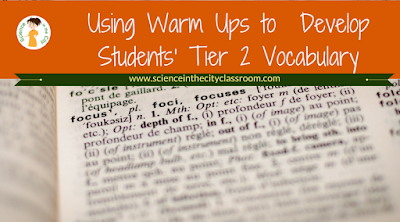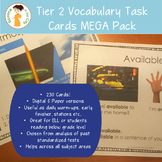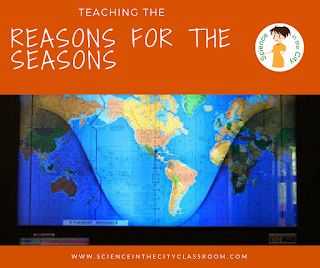How Do You Celebrate Holidays in Your Classroom?
This time I am asking and thinking about this topic because of something that happened with my own son. He is in first grade. I have always taught secondary (middle and high school). I have mostly taught in an urban district, with a high ELL population. We live (and he goes to school) in a middle-class suburb. Those may be both part of the difference....
I got an email from my son's first grade teacher on Friday. Up until now I have been very happy with her, so I don't think this is part of anything else. She asked me in her email to please have a talk with him over the weekend. Apparently they had been doing several Santa-related activities in class and he was 'going around telling the other kids that Santa wasn't real.' Apparently several of the kids, and therefore the parents, were very upset.
When my husband and I read the email our first reaction was shocked - not that he had done something to cause trouble but that (1) he was pushing his beliefs on others - that doesn't sound like him and, even more so (2) that he didn't believe in Santa. This is the boy who gets out Christmas books from the library all year long, and LOVES everything Christmas related.
So...Friday night we talked to him. We told him about the email we had gotten. We asked him why he didn't believe in Santa. He said he just changed his mind and decided that. We asked him what exactly had happened. He insisted that he just told his two friends sitting next to him that he didn't believe in Santa, when they were writing about Santa. I asked him if the teacher had already spoken to him. She had. He said he didn't say anything else after that. We discussed why it might be upsetting to his friends, and that sometimes it is better to not say anything.
I then emailed the teacher back and relayed that conversation. I also asked her for some clarification...was he not telling me the whole story? Or how did this get so big? And get parents upset? Her response was friendly, but stated that Santa is such an important thing for kids that age and that most still do believe. They will be doing many more Santa-related activities, and she wants my son to keep his opinions to himself. To please let her know if that is a problem.
I don't disagree that there is a lesson there for my son, and a teachable moment. However, as a teacher, and as a parent, I think there are other lessons there was well, and questions raised in my mind.
For example:
- How much does "Santa" belongs in school? What if he didn't believe in Santa, not just because he decided he wasn't sure he believed, but because we were a different ethnicity or religion?
- What is the lesson on being able to express your opinion, and have others disagree with you, if you do it politely? (Obviously not pressuring others, but simply saying you don't agree).
- What is the lesson for other students on having someone who thinks differently about something you hold as important?
- As a teacher, how much of our own bias and interests play into our classrooms?
Because of where I teach, maybe my perspective is different. I would be very hesitant to do much Santa related, because (1) its much harder to work into the curriculum for secondary science and (2) I have so many kids who are from different culture and religions. But Santa is also part of American culture.....
What do you do in your classroom? I have always done the seasonal activity that I discussed below, although I might try something different this year. I'd love to hear responses in the comments.









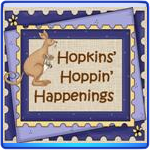


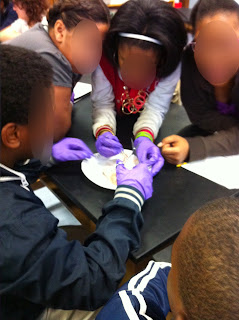



.png)








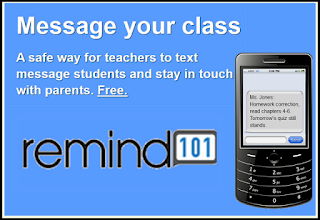
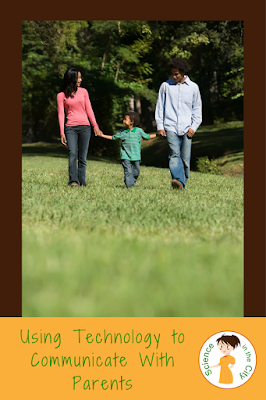








.svg.thumb.png)





